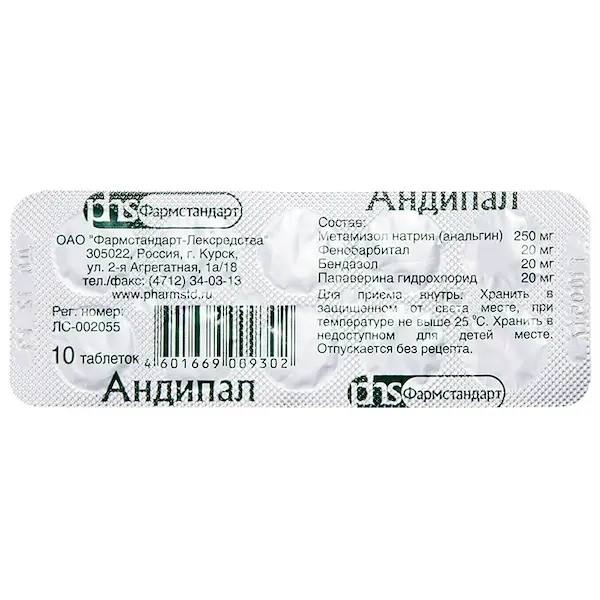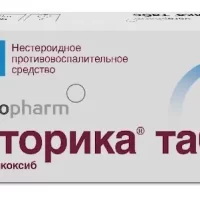Description
Lidocaine Pharmacodynamics
Lidocaine is a short-acting local anesthetic of the amide type. Its mechanism of action is based on reduction of permeability of neuron membrane for sodium ions. As a result, the rate of depolarization decreases and the excitation threshold increases, leading to reversible local numbness. Lidocaine is used to achieve conductive anesthesia in various parts of the body and to control arrhythmias. It has a rapid onset of action (about one minute after intravenous injection and fifteen minutes after intramuscular injection) and spreads quickly into the surrounding tissues. Its action lasts for 10-20 minutes and about 60-90 minutes after intravenous and intramuscular injection, respectively.
Indications
Local and regional anaesthesia, percutaneous anaesthesia for major and minor interventions.
Contraindications
Hypersensitivity to anesthetics of the amide type.
Atrioventricular (AV) block of degree 3.
Hypovolemia.
Dosage and administration
- The dosage regimen should be selected based on the patient’s response and the site of administration. The drug should be administered at the lowest concentration and dose that gives the desired effect. The maximum dose for adults should not exceed 300 mg.
- The volume of the solution to be administered depends on the size of the area to be anesthetized. If there is a need to administer a large volume with low concentration, the standard solution is diluted with saline solution (0.9% – sodium chloride solution). Dilution is carried out immediately before injection.
- Children, elderly and weakened patients are administered in smaller doses corresponding to their age and physical condition.
- In adults and children 12-18 years old a single dose of lidocaine (except for spinal anesthesia) should not exceed 5 mg/kg, with a maximum dose of 300 mg.
- Doses recommended for adults:
10 mg/ml 20 mg/ml. - Infiltration anesthesia: intradermal, subcutaneous, intramuscular
Small interventions 2 – 10 ml (20 – 100 mg)
Major interventions 10 – 20 ml (100 – 200 mg) 5 – 10 ml (100 – 200 mg) - Conduction anesthesia (anesthesia/peripheral nerve blocks, including plexus blocks)
Perineural: 3 to 20 ml (30 to 200 mg) 1.5 to 10 ml (30 to 200 mg)
Nerve blocks in fingers 2 – 4 ml (20 – 40 mg) 2 – 4 ml (40 – 80 mg)
and foot
Nerve plexus blockade 10 – 20 ml (100 – 200 mg) 5 – 10 ml (100 – 200 mg)
Intercostal blockade 3 ml (30 mg)
Brachial nerve block 25 – 30 ml (259 – 300 mg)
Paravertebral anesthesia 3 – 5 ml (30 – 50 mg)
Cervical vagosympathetic blockade 5 ml (50 mg)
Lumbar vagosympathetic block 5 – 10 ml (50 – 100 mg).
In dentistry 1 – 5 ml (20 – 100 mg). - In ophthalmology Retrobulbar anesthesia Parabulbar anesthesia 3 – 4 ml (60 – 80 mg) 1 – 2 ml (20 – 40 mg)
- Epidural anesthesia
Thoracic region 20-30 ml (200-300 mg) 10-15 ml (200-300 mg)
Lumbar 25 to 40 ml (250 to 400 mg) 12.5 to 20 ml (250 to 400 mg)
20 – 30 ml (200 – 300 mg) 10 – 15 ml (200 – 300 mg) sacral spine - Spinal anesthesia
Subarachnoid 3 – 4 ml (60 – 80 mg)
Intravenous regional anaesthesia (injection of anaesthetic directly into a limb vein (with tourniquet applied above the injection site) Not more than 5 ml (50 mg) Not more than 2.5 ml (50 mg) - Children less than 1 year of age.
- Experience with use in children younger than 1 year of age is limited. Maximum dose in children 1-12 years of age is 5 mg/kg body weight of 1% – solution.





